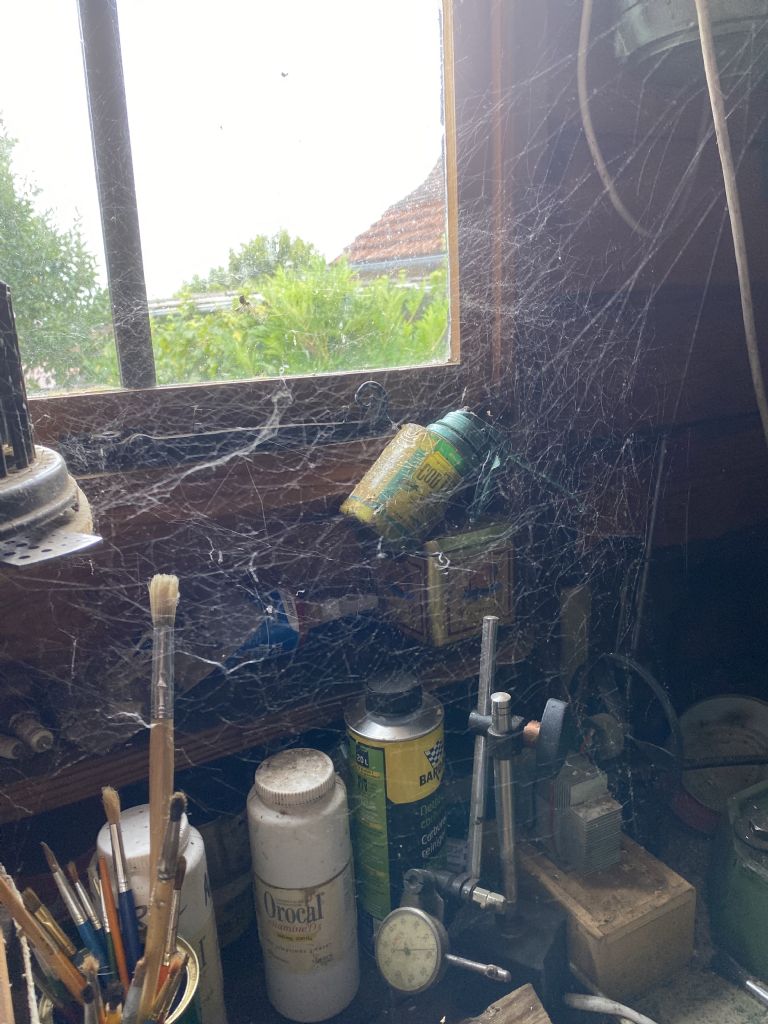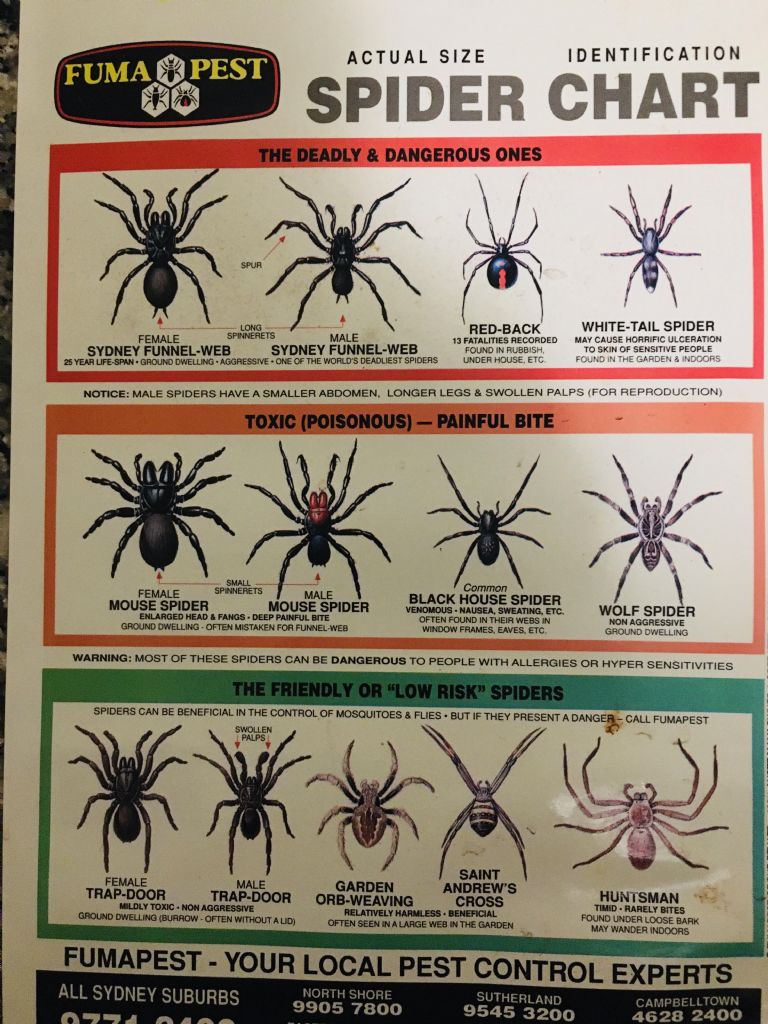The ones that are more leggy than Barbie but have tiny bodies, do prey on other species of spider.
There is a species whose culinary speciality is woodlice, indeed it is called the Woodlouse Spider – a fairly small, portly animal with distinctive beige and red / maroon colouring. It is the only British spider capable of biting through the woodlouse's armour, so other spiders presumably manage to bite the animal's belly. It can give quite a sharp nip as I found once when I picked one up indoors to put it safely outside – ungrateful thing!
If you've many woodlice in the home, more than the occasional stray, I'd look for what's attracting them. They need a cool, slightly damp abode, and their main diet is damp, decaying wood, though they also eat other vegetable matter. I have even seen them tucking into a dead sea-gull. Woodlice love fresh fruit, judging by my strawberries: they eat a sort of burrow and snooze there, surrounded by food. Isopod heaven… till I gently shake them off and carefully wash what they have graciously left for me.
Spiders can climb walls and traverse ceilings because usually those are sufficiently rough for the creatures to grip – having 8-feet drive helps. They fall into baths and sinks but cannot climb back out simply because the surface is too smooth, and I have seen them struggle on walls painted with matte or eggshell-gloss emulsion.
There's a big spider in a rather inaccessible corner of my workshop. A very shy one though. The slightest hint of threat and it vanishes behind the paint tins in an instant, so I have not seen it as more than a dark shape in the gloom.
Samsaranda.






